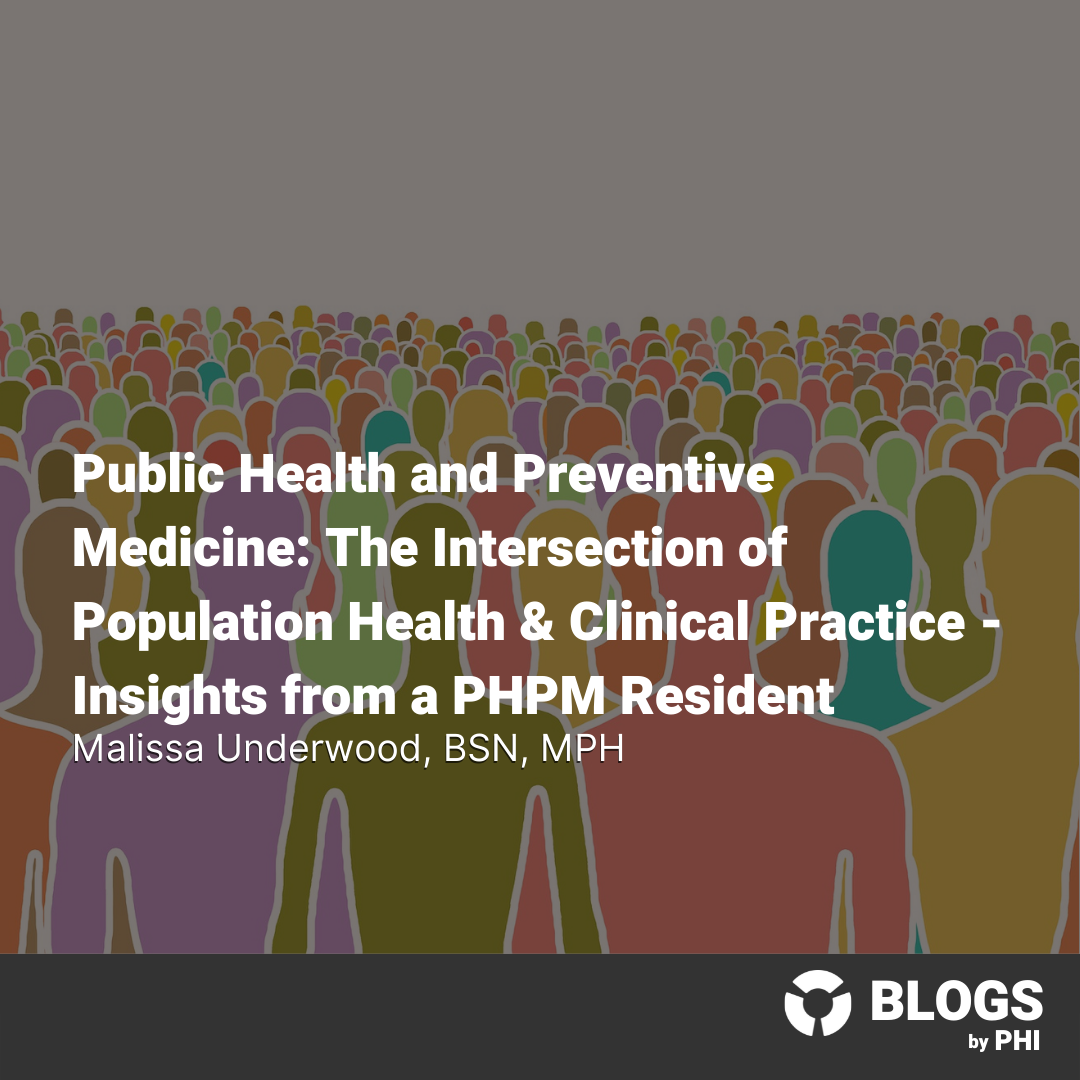
14/3/2022
“It’s quite comprehensive and a unique approach in [Pubic Health and Preventive Medicine] in that you are constantly thinking about population and community level approaches and frameworks as opposed to someone who is a physician that works at an individual patient level.”
– Dr. Yipeng Ge, Public Health and Preventive Medicine Resident
For many, the term ‘medical doctors’ invokes images of people in white coats practising as family physicians, paediatricians, or surgeons that treat individual patients. One specialty that is often overlooked is Public Health and Preventive Medicine (PHPM), a discipline that focuses on treating entire communities or populations. In their 54th and 55th podcast episodes, the Public Health Insight team chat with PHPM resident Dr. Yipeng Ge to find out more about the journey into this critical branch of medicine.
In this blog post we will explore:
Public Health and Preventive Medicine (PHPM) fuses the fields of public health with primary care. Specialists working in PHPM work with an entire population utilising a health systems approach. As opposed to treating an individual, PHPM physicians may have a city and its citizens as their ‘patient’ while they plan interventions to improve the health and wellbeing of the entire community.
PHPM is known by many different names around the world including Public Health and Social Medicine, Hygiene and Preventive Medicine, or simply Public Health. In Canada, PHPM physicians were renamed from Community Medicine specialists in 2011 to reflect their key roles within the public health arena. The specialty gained popularity with expanded training capacity following the SARS outbreak in the early 2000s. As of 2019, just over 500 physicians are trained PHPM specialists in Canada (Canadian Medical Association, 2019; Peik et al., 2016).
PHPM specialists often go on to work in public health settings at local, national, or global levels within public, academic, or NGO networks (PHPC, 2017).
The unique training of PHPM physicians produces professionals with both strong clinical foundations as well as the skills to implement population level health interventions. This gives PHPM physicians the opportunity to explore and address the social determinants of health, or the ‘causes of the causes’ of health inequities, such as poverty and injustice. By influencing these root causes of health disparities, PHPM physicians can work towards improving the health of an entire community.
Check out Shenbei Fan’s blog on the Social Determinants of Health here and Public Health Insight’s 24th Podcast Episode on Social Determinants of Health: Understanding the Causes of the Causes.
Despite public health’s increased visibility in recent years, the role of PHPM physicians is still difficult for many in the general public to grasp and advocate for. Wide variations in the availability of PHPM physicians exist across Canada, in part due to the availability and location of PHPM programs, trainee postings, and existing supervisors and mentors. This leaves an inequitable distribution of specialists with more populated urban centres having a higher concentration of PHPM physicians while some provinces and territories have few (or no) PHPM physicians.
The number of PHPM specialists are ideally tailored to the specific and unique needs of each community. However, public health planning at provincial and national levels is challenging and the ideal ratio of PHPM physicians to the general population is difficult to determine. Rapidly shifting funding, planning, and political agendas can jeopardise resources for PHPM physicians and their initiatives. As a result, PHPM physicians have been among the most underemployed specialties, with many opting to shift to family medicine positions and leaving their valuable public health skills underutilised (Peik et al., 2016).
The COVID-19 crisis has catalysed a surge in public and political interest in public health. Key figures in the PHPM arena have suddenly had unprecedented access to resources, politicians, and multisectoral collaborators. This has allowed for the opening of efficient communication channels between health and other sectors to rapidly address the urgent, evolving public health crisis.
While the pandemic has promoted the role of public health physicians, burn-out is a significant concern. Many PHPM specialists have been responding to the intensely resource and time consuming COVID situation while also continuing to address other critical pre-existing crises such as opioid dependence and homelessness. Meeting these demands has stretched PHPM and other health professionals to their limits.
Dr. Ge highlights the need to apply the lessons learned from the COVID-19 crisis to solving other urgent public health problems. If multiple sectors can come together to address a pandemic, why not also work together and tackle complex, multisector challenges such as poverty, addiction, and other social determinants of health disparities?
Written by: Malissa Underwood, BSN, MPH
Canadian Medical Association. (2019). Public Health and Preventive Medicine. Canadian Medical Association. Available here.
Peik, S. M., Mohan, K. M., Baba, T., Donadel, M., Labruto, A., & Loh, L. C. (2016). Comparison of public health and preventive medicine physician specialty training in six countries: Identifying challenges and opportunities. Medical Teacher, 38(11), 1146–1151. Available here.
PHPC. (2017). What is Public Health and Preventive Medicine. Retrieved February 9, 2022, from Public Health Physicians of Canada website: here.
For more information on PHPM programs in Canada